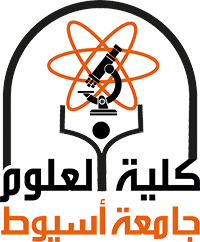The present study determines the endotoxin removal efficiency of drinking water treatment plants (DWTPs)
in Egypt, as examples of conventional treatment methods used in developing countries. The total endotoxin
in source water (Nile River) of these DWTPs ranged from 57 to 187 EU∙mL−1, depending on the location of
treatment plants. Coagulation/flocculation/sedimentation (C/F/S) after chlorine pre-oxidation removed
bound endotoxins by 76.1–85.5%, but caused cell lysis and increased free endotoxins by 28.2–33.3% of
those detected in raw waters. Rapid sand filtration had not significant effect on free endotoxins, but reduced
bound endotoxins by 23–33.3%. Final chlorine disinfection also reduced bound endotoxins to levels around
1 EU/mL, accompanied by an increase in free endotoxins (37–112 EU∙mL−1) in finished waters. Simultaneously,
final chlorine disinfection removed all heterotrophic bacteria, with low cyanobacterial cell numbers
(348–2 450 cells∙mL−1) detected in finished waters. Overall, conventional treatment processes at these DWTPs
could removal substantial amounts of bound endotoxins and bacterial cells, but increase free endotoxins
through cell lysis induced by pre-oxidation and final chlorine disinfection. The study suggests that conventional
processes at DWTPs should be optimized and upgraded to improve their performance in endotoxin removal
and ensure safe distribution of treated water to consumers.
ملخص البحث
تاريخ البحث
قسم البحث
مجلة البحث
Water SA
المشارك في البحث
الناشر
Water SA
تصنيف البحث
ISI
عدد البحث
48(2)
موقع البحث
https://watersa.net/article/view/13831
سنة البحث
2022
صفحات البحث
180–186

